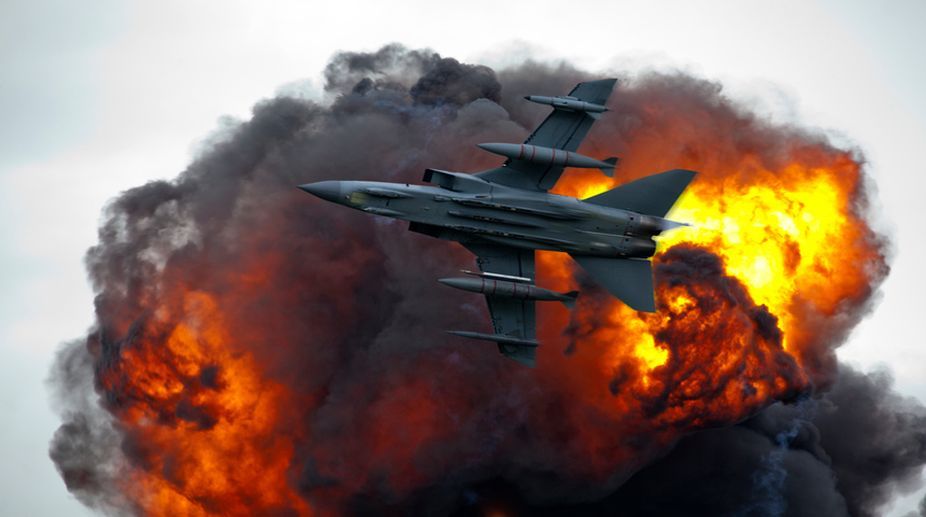Israeli airstrikes hit AI-Hudaydah port in Yemen: IDF
Israeli airstrikes hit a fuel depot in the Houthi-controlled port of Al-Hudaydah in western Yemen, the Israel Defense Forces (IDF) said.

Representational image (Photo: Getty Images)
The US has expanded its airstrikes against the Taliban in the northeastern Badakhshan province, bordering China and Tajikistan, aiming to reduce the areas under rebel influence, according to a US forces statement released on Tuesday.
Earlier the strikes were limited to the southern and eastern parts of the country dominated by insurgents, Efe news reported.
“There will be no safe haven for any terrorist group bent on bringing harm and destruction to this country,” General John Nicholson, commander of US Forces Afghanistan (USFOR-A), said in a statement.
Advertisement
“The Taliban have nowhere to hide,” the general added in the statement, which reported that in the past 96 hours the US had carried out 24 “precision guided” strikes on Taliban fighting positions and training facilities close to the border with China and Pakistan.
USFOR-A claimed that the strikes also destroyed stolen Afghan army vehicles which were going to be used for bombings.
Until now, US forces had focused their activities in provinces such as Helmand – in the south – where the Taliban controls most of the territory, the eastern Nangarhar, a stronghold of the Islamic State terror group and Kunduz in the north.
According to the statement, strikes on the Taliban’s drug-trade networks in Helmand had caused the rebels losses worth $30 million since November.
The US also condemned the recent Taliban attack on the Intercontinental Hotel and the detonation of an ambulance laden with explosives in Kabul, which killed more than 120 people and injured at least 200.
“The Taliban cannot win on the battlefield, therefore they inflict harm and suffering on innocent civilians” said the statement.
Afghanistan is witnessing one of its bloodiest periods since the end of the NATO combat mission in 2015.
Advertisement